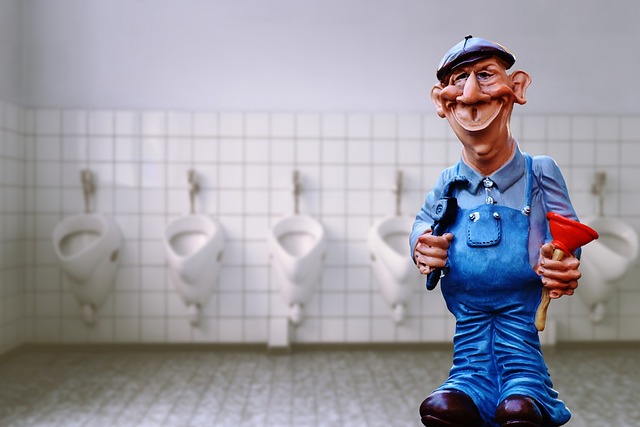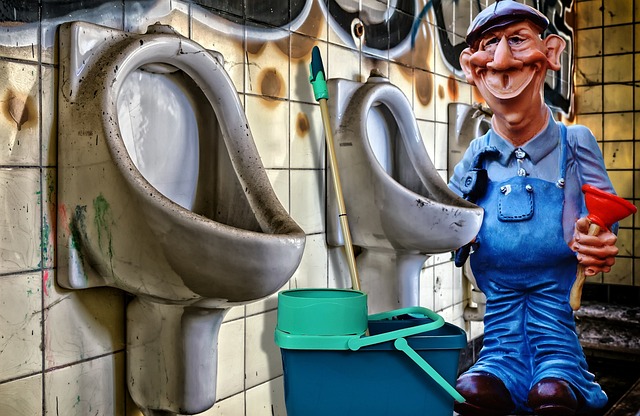Backflow prevention devices, crucial for safe water supplies, are installed and tested by plumbers. Regular testing by qualified plumbers prevents device damage, corrosion, and leaks, ensuring proper flow direction and pressure relief to safeguard against contaminants and plumbing issues.
As a plumber, ensuring water flow safety is paramount. This involves rigorous backflow prevention device (BPD) testing to safeguard your clients’ water supply from contamination. This article guides you through essential knowledge of BPDs, practical testing procedures, and common issues encountered on the job. Learn expert troubleshooting tips to enhance efficiency and ensure compliance with regulations, making you an indispensable plumber.
- Understanding Backflow Prevention Devices
- Testing Procedures for Plumbers
- Common Issues and Troubleshooting Tips
Understanding Backflow Prevention Devices

Backflow prevention devices are crucial components in any plumbing system, designed to protect water supplies from contamination and pollution. These devices operate by preventing backflow—the reversal of water flow—which can introduce harmful substances into the main water supply. Plumbers play a vital role in installing, testing, and maintaining these devices to ensure the safety and integrity of a home or business’s plumbing.
Understanding how backflow prevention devices work is essential for anyone involved in the maintenance or installation of plumbing systems. These devices create a one-way flow, allowing water to travel in only one direction. Regular testing by qualified plumbers ensures that these mechanisms function correctly, safeguarding against potential health hazards and damage to plumbing fixtures caused by contaminated water flowing backward.
Testing Procedures for Plumbers

Plumbers play a vital role in ensuring safe and reliable plumbing systems, and backflow prevention device testing is a crucial part of their expertise. When conducting tests, plumbers follow strict procedures to guarantee accurate results. The process begins with identifying the type of backflow prevention device installed, as different devices require specific test methods. Plumbers then carefully inspect the device for any signs of damage or wear and ensure it’s properly connected to the plumbing system.
Next, they activate the testing mode, which involves applying pressure or vacuum to simulate various scenarios. By using specialized equipment, plumbers measure the device’s performance, checking for proper shut-off, flow direction, and pressure relief mechanisms. This meticulous testing ensures that the backflow prevention device functions optimally, protecting the water supply from potential contaminants.
Common Issues and Troubleshooting Tips

Many homeowners often overlook backflow prevention device testing, which can lead to potential plumbing issues. Common problems include corroded or worn-out devices, improper installation, and leaks. Regular testing by a qualified plumber is crucial to ensure these devices are functioning correctly. Neglecting this maintenance can result in contaminated water supply, damage to pipes, and even health risks.
When troubleshooting, check for any visible signs of damage or corrosion. Tighten connections if leaky, and inspect for proper water flow in both directions. If the device is old, consider replacing it as a preventive measure. Plumbers can provide expert advice and ensure these essential safety mechanisms are up to standard, protecting your home’s plumbing system.
Regular backflow prevention device testing is crucial for maintaining a safe plumbing system, ensuring the quality of water supply, and preventing potential health hazards. As previously mentioned, plumbers play a vital role in this process, utilizing specific testing procedures to identify any issues. By addressing common problems promptly, they guarantee the efficiency and reliability of these devices, ultimately protecting both homes and communities from the risks associated with backflow contamination. So, remember, when it comes to your plumbing, trust the expertise of a professional plumber for efficient backflow prevention device testing and maintenance.
